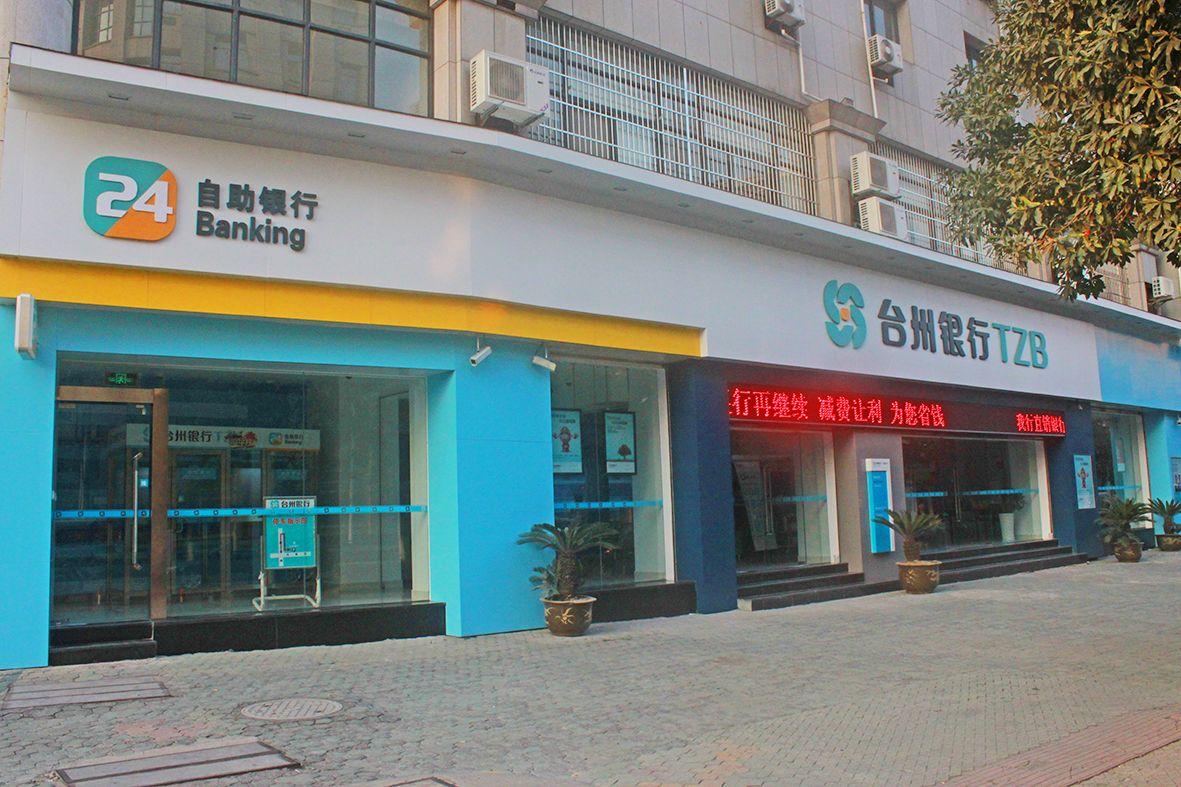BEIJING, July 21 (Xinhua) -- Sensheng, a plastics manufacturer based in the city of Taizhou in east China's Zhejiang Province, was on the verge of letting go around 20 percent of its staff to pay back a 3-million-yuan (about 429,418 U.S. dollars) loan that was about to be overdue, when its lender, Taizhou Bank, came to its rescue.
Under the bank's new policy designed to buffer epidemic impact, the firm will be able to renew the loan without having to pay back the 3-million-yuan principal, as long as it promises to spend the funds on business operation and keep its employees on the payroll.
Sensheng is just one of many Chinese companies craving funds to keep their businesses going as the epidemic dampened demand and slowed production. A central bank survey showed that credit demand in over 300 cities across China has climbed, resulting in more loans drawn by early July than the same period last year.
The country's financial system has had to think outside the box to figure out who needs help and, given the epidemic-induced hardship for companies, what could be done to help them access life-saving funds.
-- REACHING OUT
Banks have taken measures to locate the companies that might need help as the epidemic ripples across various sectors.
Branches of the People's Bank of China (PBOC) in provincial regions like Chongqing, Jilin and Hebei have launched big data systems that serve as handy liaisons between banks and companies.
The northeastern Jilin Province, for example, uses an online platform that can profile small and micro firms based on public information from local authorities. With the help of big data technologies, the platform attaches a company's credit information to its loan application submitted to banks, which will help shorten the time window for approval.
By mid-June, the platform, whose users include 126 banks and 5,842 registered companies in Jilin, have seen 747 loans issued with a total amount of nearly 1.83 billion yuan.
"The platform will help nurture the growth of small and micro firms in Jilin Province," said Liang Deshun, president of China Construction Bank's Jilin branch.
East China's Jiangsu Province went one step further. The PBOC's Taizhou branch cross-referenced forex data for goods trade and corporate credit data to compile a list of 4,000 local trade firms and advised banks to inquire about their financial needs.
To the delight of many cash-starved local companies, such inquiries are also made by banks in the neighboring Zhejiang Province. Wu Lijun, who runs a tech firm in Zhejiang's capital Hangzhou, said his company received a 1-million-yuan loan one day after Bank of Hangzhou called him to learn about his liquidity crunch.
Efforts to facilitate access to loans have resulted in more corporate loans approved by early July than the first three quarters of last year, and 72.6 percent of new loans in the first half of this year went to companies and public institutions.
-- CLEARING OBSTACLES
Even when their financial needs were heard, some companies, especially small and micro ones, fear that their applications might be rejected for reasons like having few assets as collateral.
The PBOC's Chongqing office has recently worked with local lenders to enable hogs to be used as collateral for loans, shedding light on the extra mile the country is willing to go to ensure that credit support truly arrives at eligible firms.
Lenders normally would not acknowledge livestock such as hogs as collateral because it is hard to determine if the applicant actually owns the hogs and how much they are worth. Besides, lenders could face the risk of losing the hogs to diseases.
In Chongqing, where hog breeding is a major sector, the answer to the collateral conundrum comes down to using a big data platform to track and report to banks information on the output, health conditions and prices of hogs, while banks determine the size of the loans based on the sum insured for the companies' breeding sows.
Under the policy, two hog breeders in Chongqing saw the size of their loans more than quadruple, and are expected to help lift local households out of poverty.
Another alternative to fixed-assets for collateral is tax-paying records. China's tax and banking regulators said in an April circular to help small and micro firms access loans using eligible tax payment ratings, and lenders like China Construction Bank have unveiled credit products that can enable the practice.
Credit loans without collateral or third-party guarantees are increasingly common with small and micro firms, with their share in all loans issued to small and micro firms up by 2.8 percentage points by the end of May from the end of last year, official data showed.
The popularity of credit loans signals that China's financial system is lending more concrete support to the real economy, which is the overarching goal behind efforts to facilitate access to loans.
To that end, the country has devised monetary policy instruments to help small and micro enterprises maintain cash flow and called on financial institutions to concede 1.5 trillion yuan worth of their profits to companies.
"In the first half of this year, China's financial system has efficiently served the real economy, as well as effectively supported COVID-19 control and economic growth," said Ruan Jianhong, an official with the PBOC. Enditem




 A single purchase
A single purchase









